Content
Issues
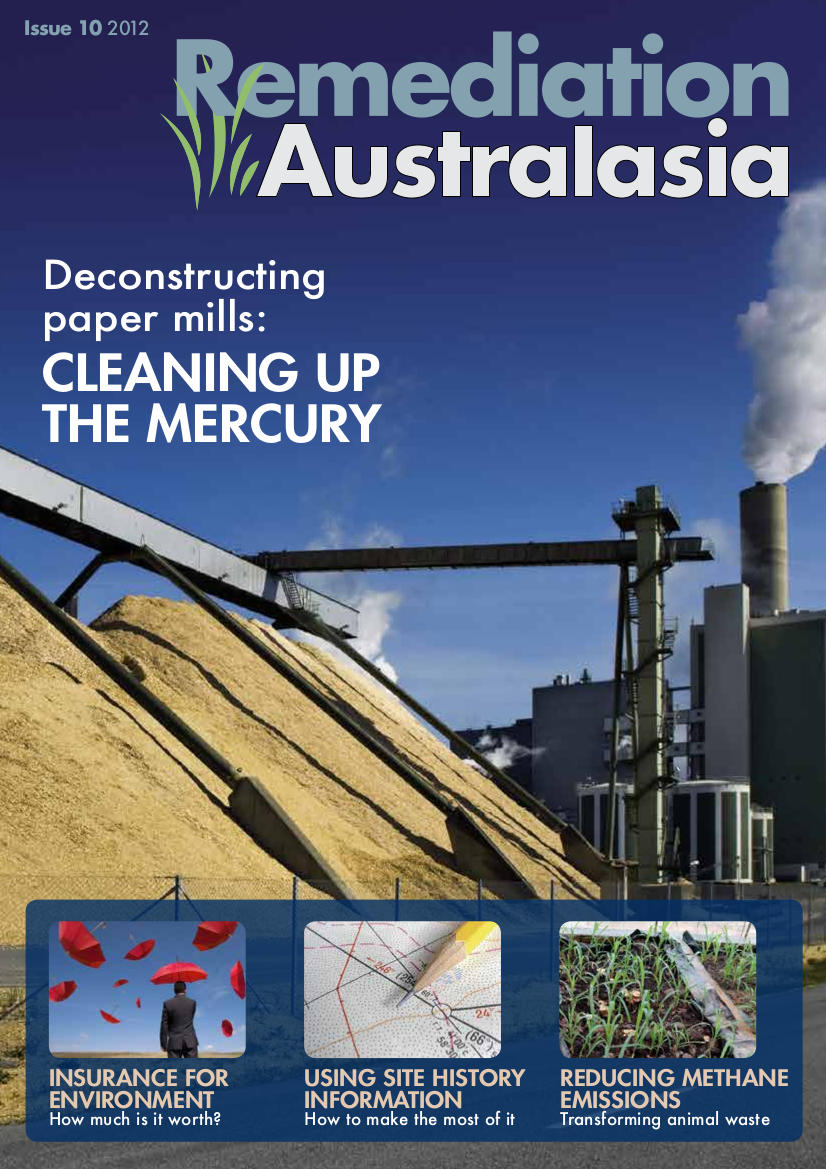
Issue 10
This edition of Remediation Australasia contains articles on novel digester technology that is transforming millions of tonnes of animal waste into reusable resources in China; the best methods to make the most of your site history information (as part of an ongoing series); a discussion on the importance and issues surrounding environmental insurance; and a unique case study on the successful remediation of a former paper mill site featuring chlor-alkali cell plant conditions.
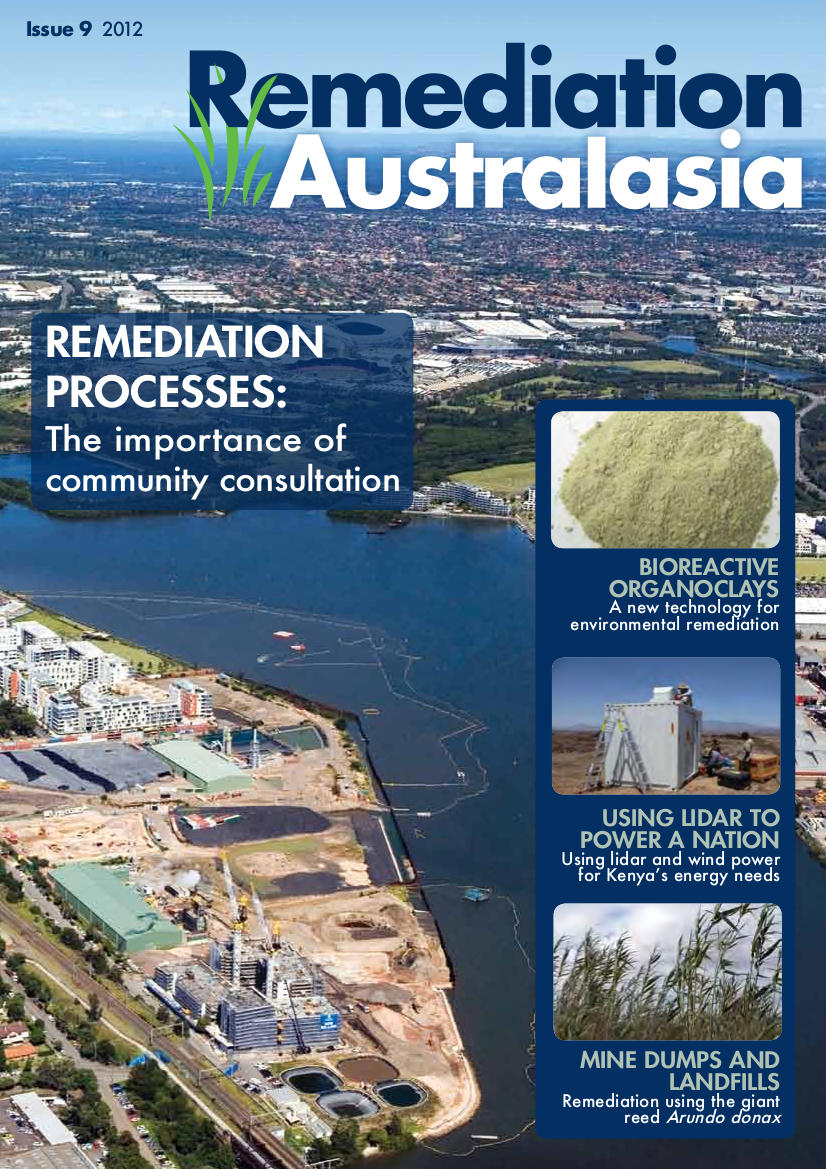
Issue 9
This issue includes articles on bioreactive organoclays as an emerging remediation technology, the potential for laser radar (lidar) technology in supplying energy needs to a nation, the phytocapping powers of the giant reed Arundo donax, and a discussion of the changing landscape of community consultation. We also give you a brief look into the plans for policy surrounding emerging chemicals of concern in Australia, and the implementation of sustainable remediation in Australian and New Zealand contexts.
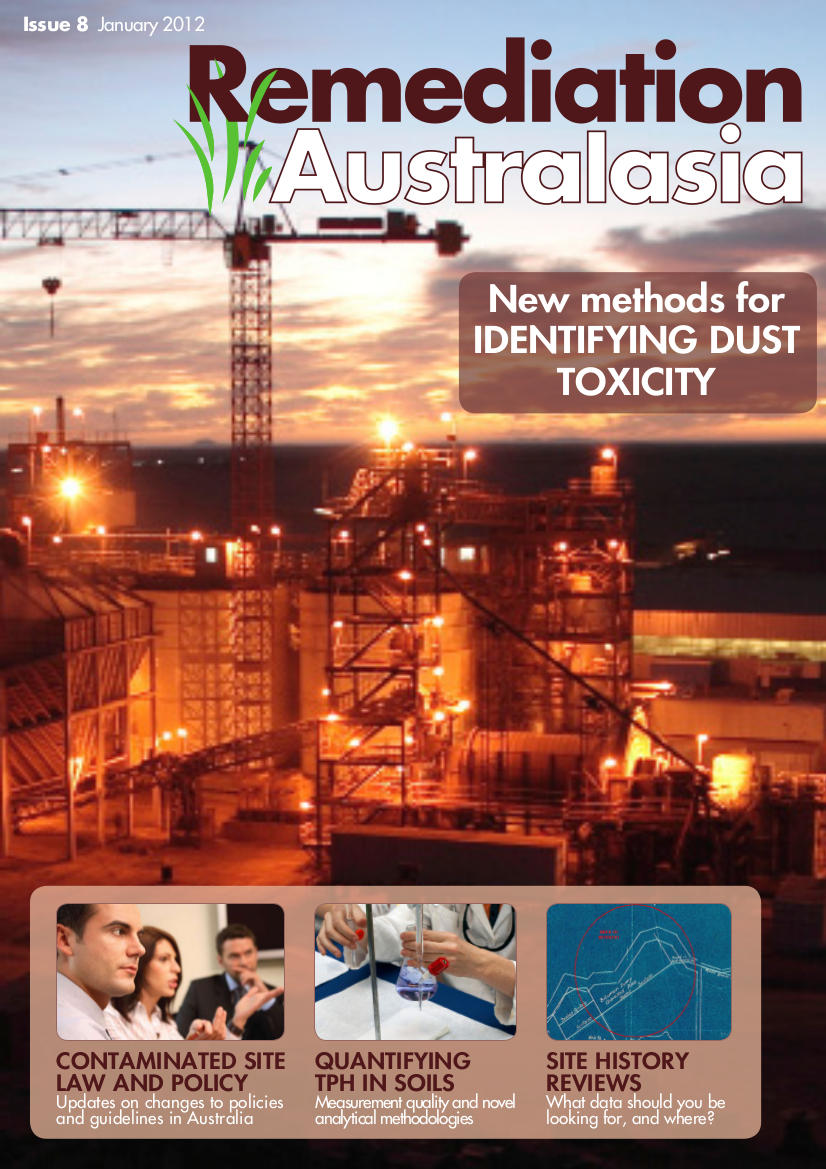
Issue 8
This issue includes articles on dust toxicity measurements and health, advice to enhance the results of your site history investigations, potential remediation techniques for petroleum in soils, and a summary of some of the new CRC CARE research projects. Other contents also include updates to contaminated sites law and policy for Australian states, and recommendations for risk communication in site remediation.
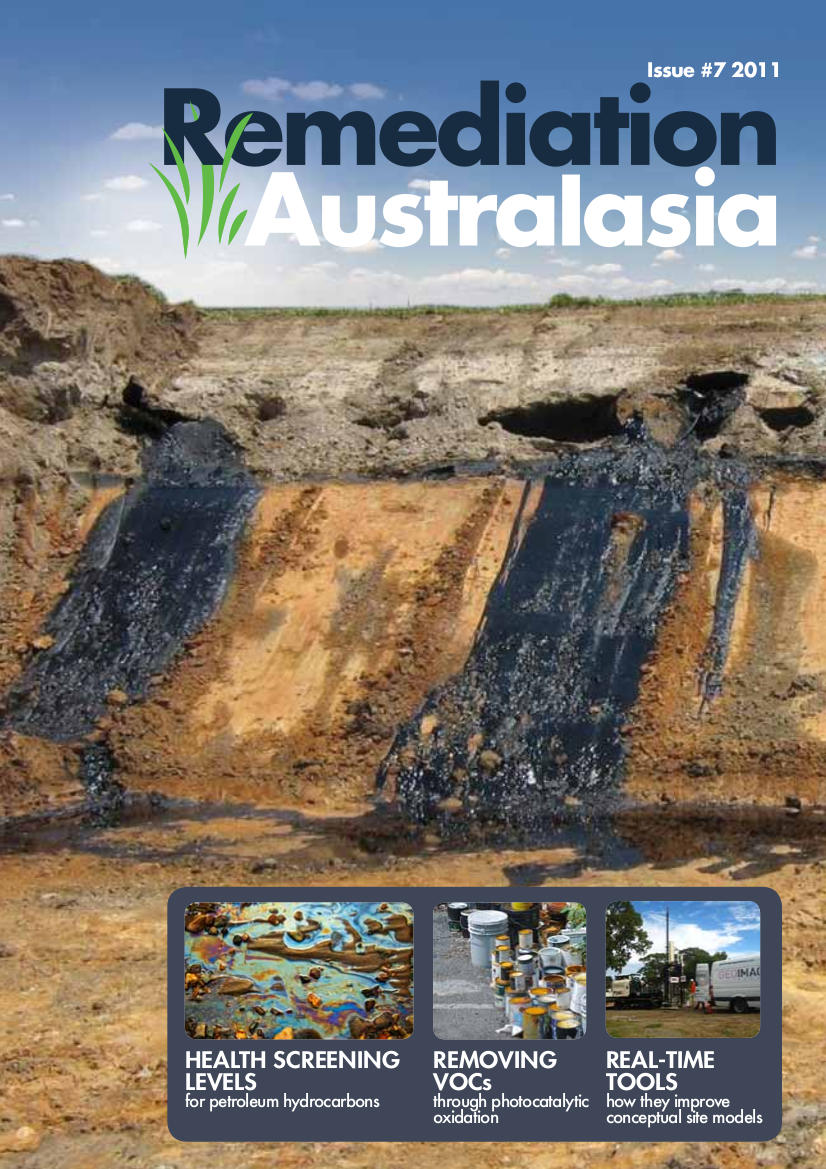
Issue 7
We’re happy to announce that Issue 7 will be the first that is offered in hard copy, creating another avenue for communicating relevant research and issues to industry. Of greatest interest in this issue is the release of our guidance on health screening levels for petroleum hydrocarbons. We also focus on real-time tools for developing conceptual site models, work to establish a national remediation framework, using photocatalysis to remove volatile organic compound, and development and harmonisation of domestic site contamination law.
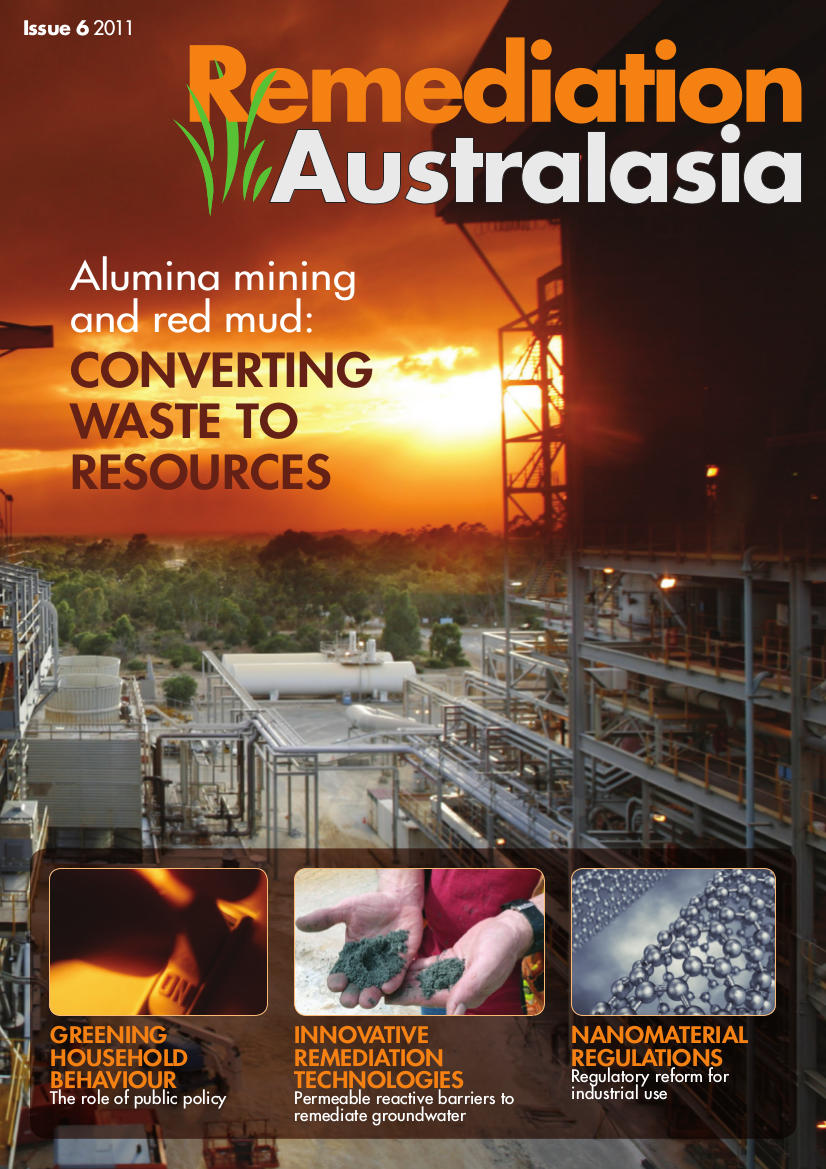
Issue 6
This issue has a focus on public attitudes and policy revision related to contamination and remediation industries. Attitudes and policies change with the times, and we too embrace the future and all the possibilities that come with it as CRC CARE embarks on its second term of funding.
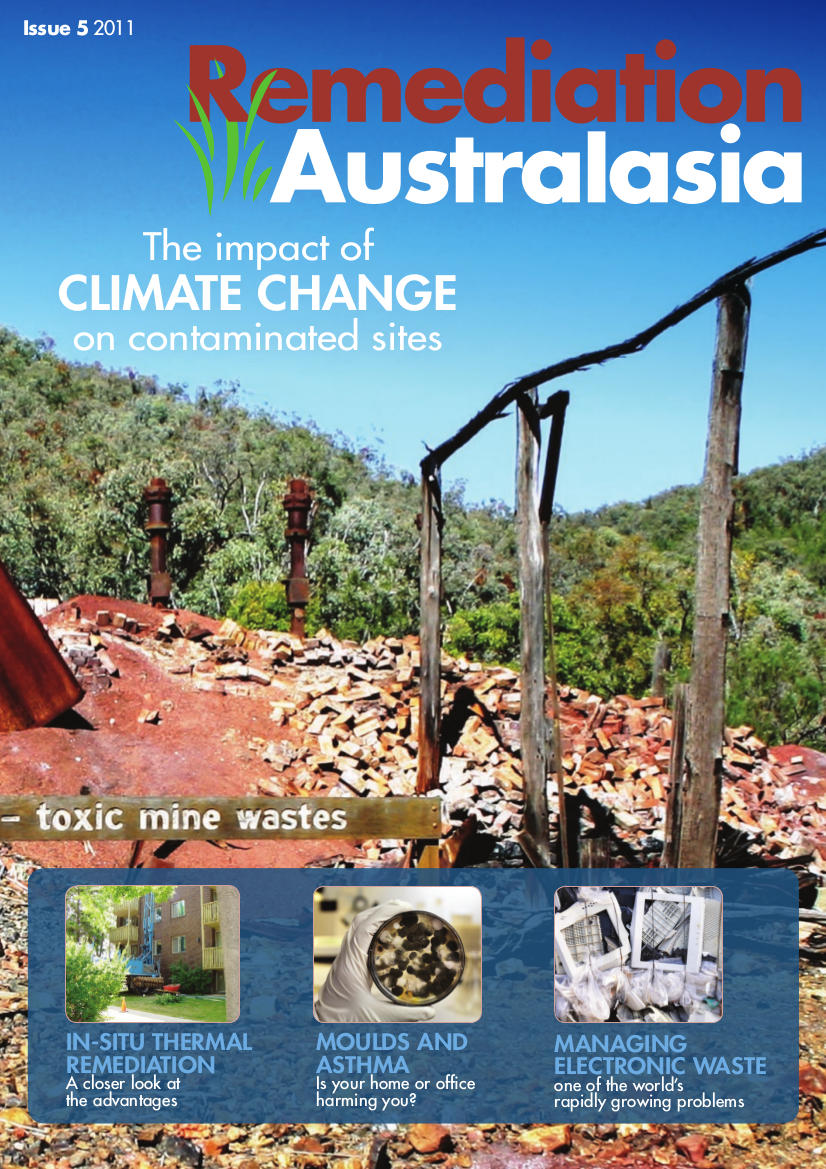
Issue 5
Issue 5 celebrates the news that CRC CARE has been successful in its bid to extend funding until 2020, and offers a brief summary of the proposed research agenda. We also take a look at: how climate change will affect contaminated sites; the holistic ‘green remediation’ approach; the issue of the raid growth of electronic waste and how it can be managed; moulds and their health impacts; and in situ thermal methods for removing vapourised chemicals from soil.
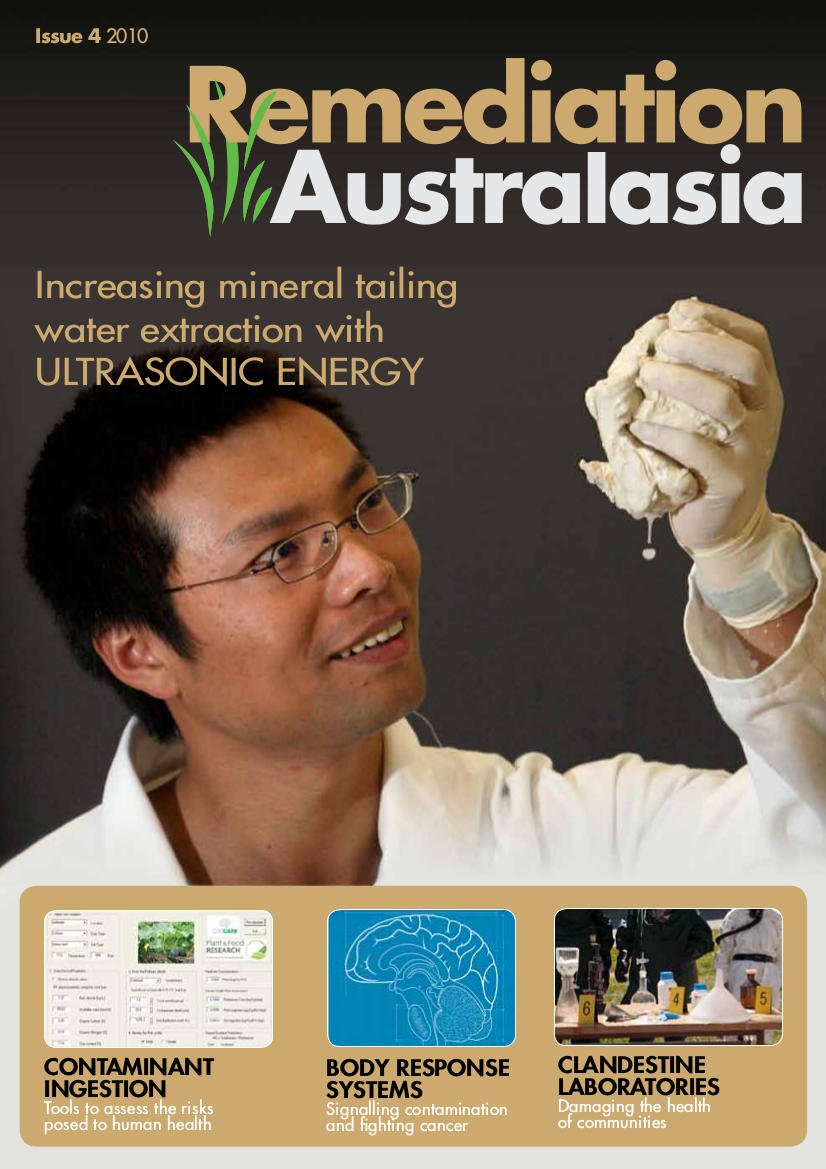
Issue 4
Article topics for Issue 4 include an update on the changes to contaminated site law and policy in Australian jurisdictions during 2010, an analysis and comparison of thermal desorption treatment technologies, and a discussion about the public consultation period of the Assessment of Site Contamination NEPM (which is now open). We also take a look at researcher Jianhua Du’s method for extracting more water from mineral processing, which is saving industry millions of dollars. We also consider human health in two articles within this edition – firstly, by exploring the impact of clandestine drug manufacturing laboratories, and secondly, by looking at a new tool that assesses the risk of (and helps support decision-making about) ingesting contaminated foods.
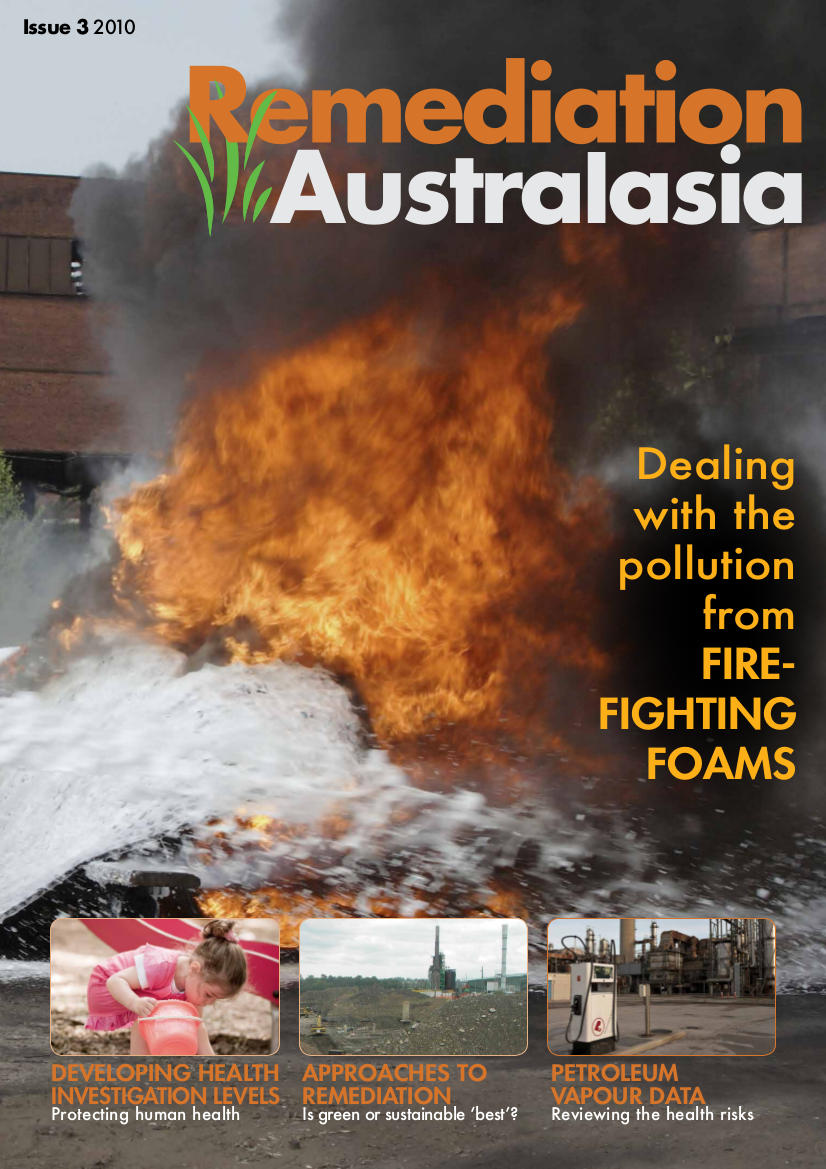
Issue 3
This edition contains a range of articles on topics including the development of health investigation levels (HILs) for the National Environmental Protection Measure (NEPM), a consideration of the different applications of green, sustainable and risk-based approaches to remediation, an outline of CRC CARE’s research into remediating PFOS contamination from fire-fighting foam, and an examination of the proposed new standards for assessing and managing contaminated soil in New Zealand.
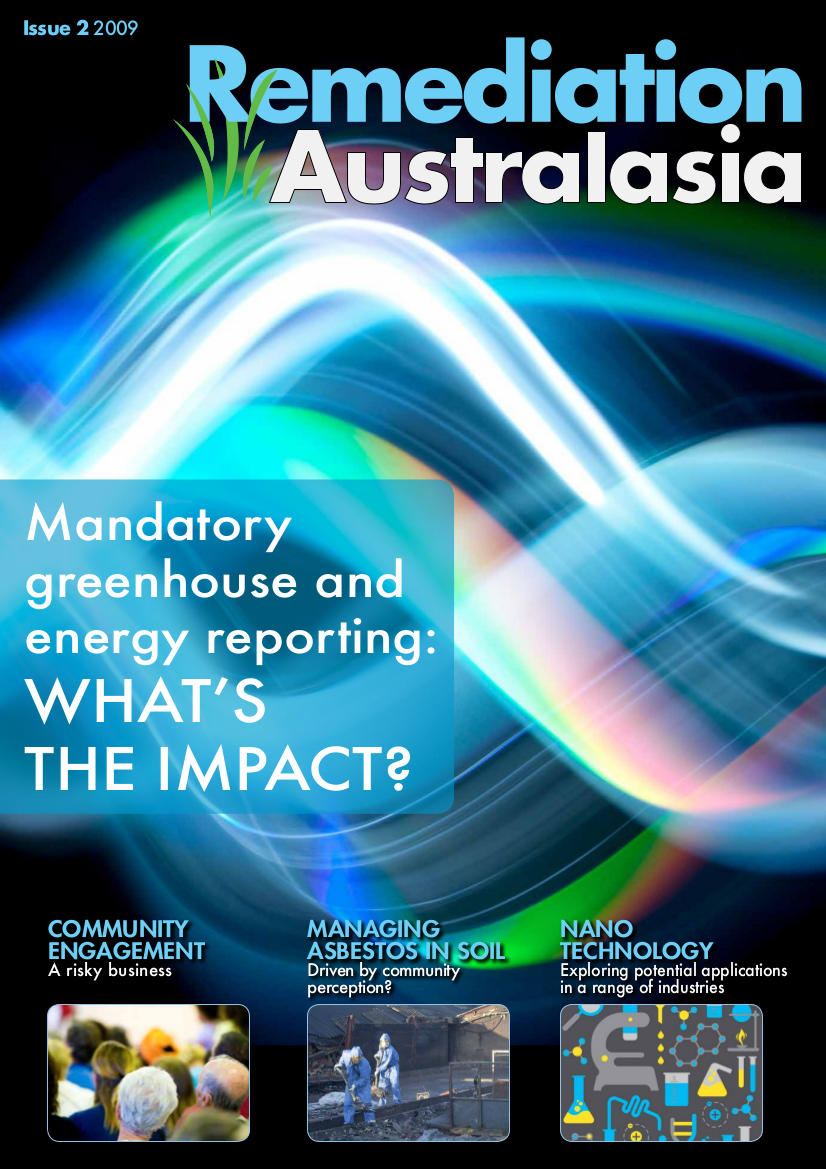
Issue 2
Articles in this edition include a discussion on engaging communities in land contamination (always a challenging task), information which businesses and organisations are required to report on greenhouse gas emissions and energy consumption, the management of asbestos contamination, and the potential for new applications of nanotechnologies.
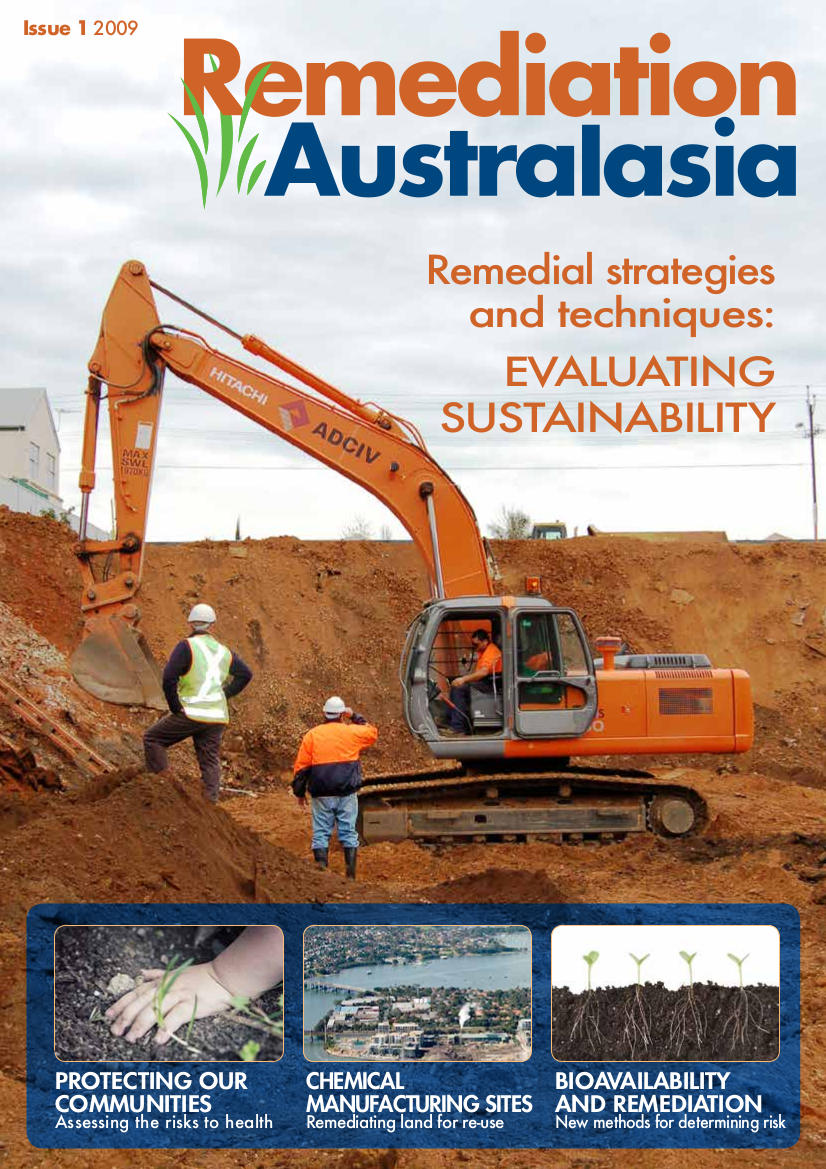
Issue 1
This is the first issue Remediation Australasia, a magazine published by CRC CARE. The purpose of Remediation Australasia is to provide a resource to help industry, government and research groups to keep abreast of new developments and better understand what is happening in the remediation industry. In essence, the magazine is expected to bridge the gap between different end-user groups via exchange of information on contaminants, risks, remediation and community involvement in public policy. CRC CARE is proud to welcome you to Remediation Australasia.